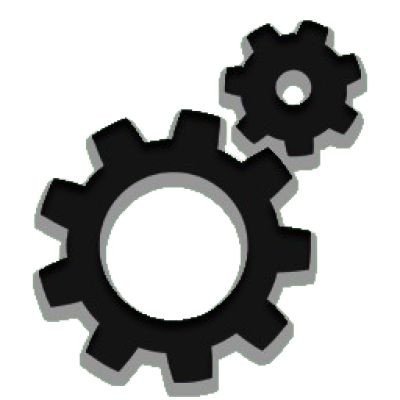Top videoer


Plywood production requires a good log, called a peeler, which is generally straighter and larger in diameter than one required for processing into dimensioned lumber by a sawmill. The log is laid horizontally and rotated about its long axis while a long blade is pressed into it, causing a thin layer of wood to peel off (much as a continuous sheet of paper from a roll). An adjustable nosebar, which may be solid or a roller, is pressed against the log during rotation, to create a "gap" for veneer to pass through between the knife and the nosebar. The nosebar partly compresses the wood as it is peeled; it controls vibration of the peeling knife; and assists in keeping the veneer being peeled to an accurate thickness. In this way the log is peeled into sheets of veneer, which are then cut to the desired oversize dimensions, to allow it to shrink (depending on wood species) when dried. The sheets are then patched, graded, glued together and then baked in a press at a temperature of at least 140 °C (284 °F), and at a pressure of up to 1.9 MPa (280 psi) (but more commonly 200 psi) to form the plywood panel. The panel can then be patched, have minor surface defects such as splits or small knot holes filled, re-sized, sanded or otherwise refinished, depending on the market for which it is intended.
Plywood for indoor use generally uses the less expensive urea-formaldehyde glue, which has limited water resistance, while outdoor and marine-grade plywood are designed to withstand moisture, and use a water-resistant phenol-formaldehyde glue to prevent delamination and to retain strength in high humidity.
Video Credit: www.westfraser.com
Join 'Engineering World' like many others to get access to special perks:
https://www.youtube.com/channe....l/UCh2wZoBynUkHmTX2G
Also, kindly consider subscribing to our channel if you liked the video: https://geni.us/SubscribeChannel
Watch some of our other interesting manufacturing videos:
How Cement Is Made?
https://youtu.be/RcrMBYsB93E
How LUXURY Rolls-Royce Cars Are Made ?
https://youtu.be/BVvnSzMqI3M
How Jigsaw Puzzles Are Made?
https://youtu.be/nylElsB9MkE


Building a Gigantic Supertanker | China's Mega Projects | FD Engineering
Installing the World’s Biggest Wind Turbine: https://youtu.be/za7kbChoqiM
Supersized Construction - China's Mega Projects: https://youtu.be/64Rtn_w-ob0
The historic Jiangnan Shipyard moved away from the banks of the Huangpu River and its original site became the World Expo 2010 site. Today, China has become an important member of the world's shipbuilding powerhouse, and more and more huge ships of 10,000 tons will be sailing from here to all over the world.
▬▬▬▬▬▬▬▬▬
Subscribe Free Documentary - Engineering Channel for free: https://bit.ly/FDEngineering
Instagram: https://instagram.com/free.documentary/
Facebook: https://bit.ly/2QfRxbG
Twitter: https://bit.ly/2QlwRiI
▬▬▬▬▬▬▬▬▬
#FreeDocumentary #Documentary #megaprojects
▬▬▬▬▬▬▬▬▬
“Engineering: the branch of science and technology concerned with the design, building and use of engines, machines and structures.” So says the Webster definition. Our newest Free Documentary family member Free Documentary - Engineering is all about engineering - and bringing our community the best documentaries on engineering.


Welcome back to the FLUCTUS channel for a discussion about how the world’s most advanced jet engines are manufactured and how companies are making them more efficient for the future.
Fluctus is a website and YouTube channel dedicated to sea geeks. Whenever you are curious or an incorrigible lover of this mysterious world, our videos are made for you !
We publish 3 videos a week on our Youtube channel and many more articles on our website.
Feel free to subscribe to not miss any of our updates and visit our website to discover additional content.
Don’t forget to follow us on twitter:
https://twitter.com/fluctusofficial
Please keep the comments section respectful. Any spam, insults or troll will be deleted.
To contact us, make sure to use our email in the about section of this channel.

